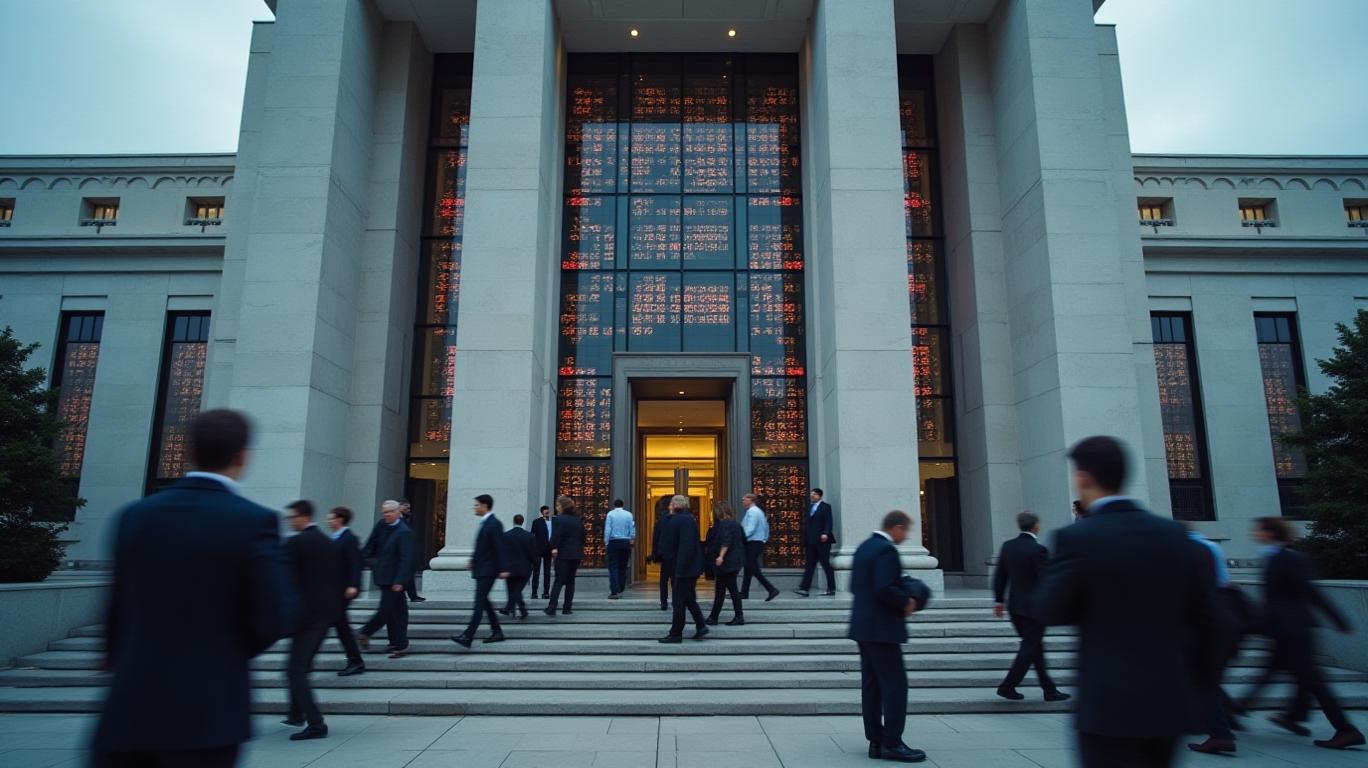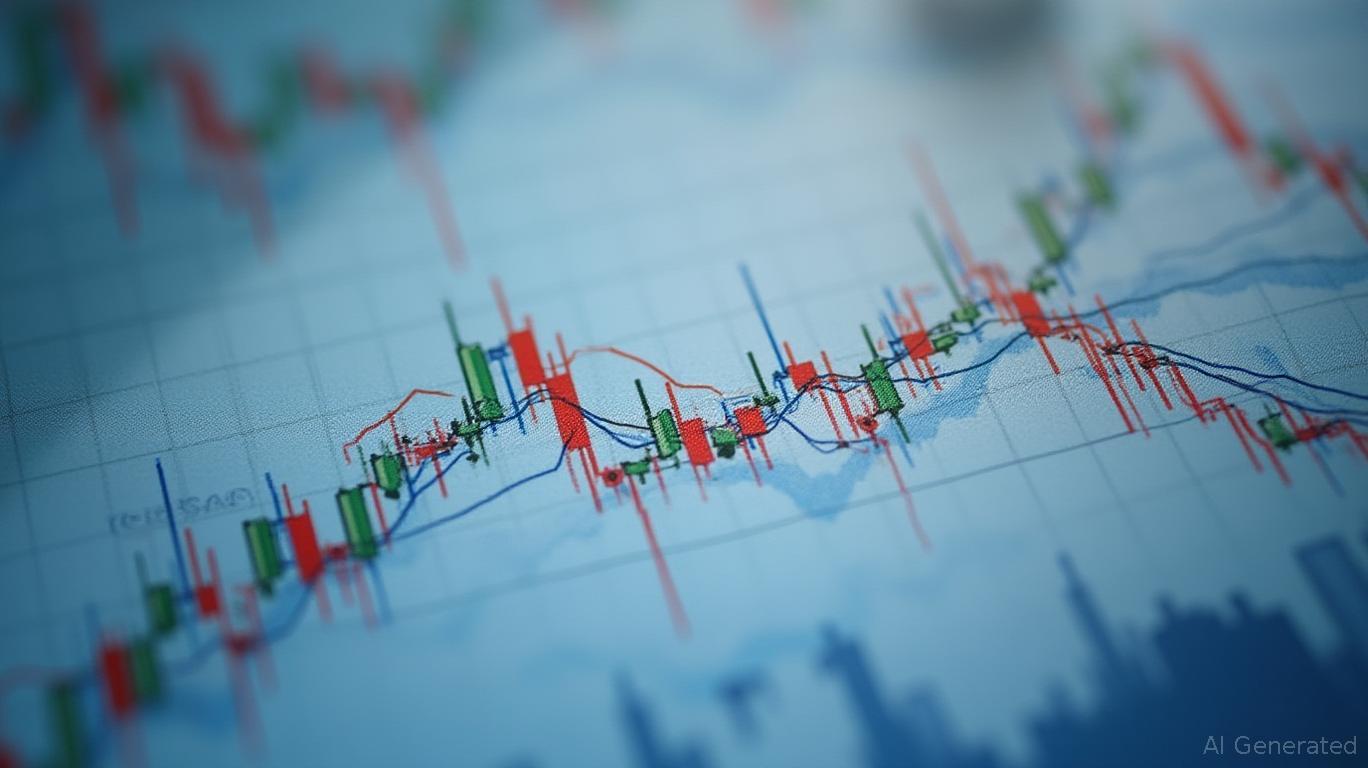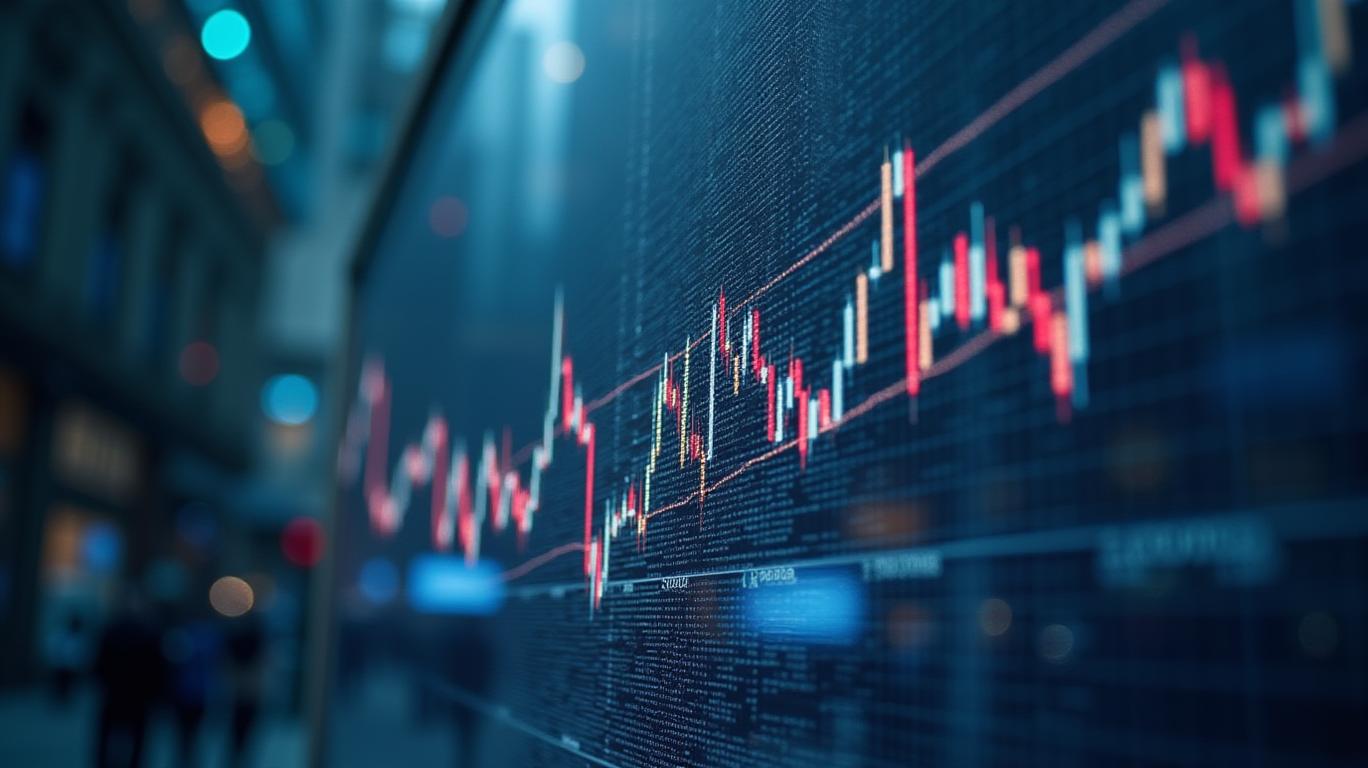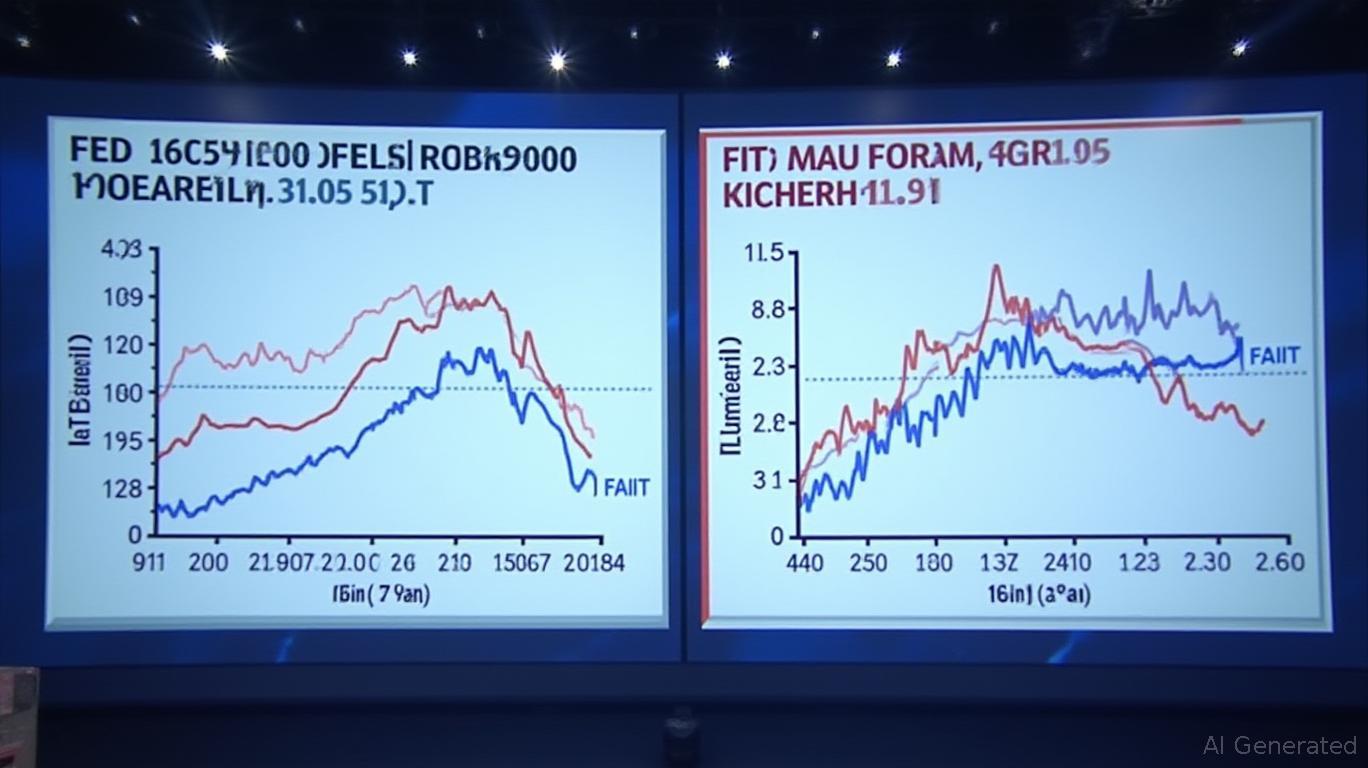Fed's Pause and the Path Ahead: Implications for FX and Bonds Markets
The Federal Reserve’s upcoming policy decision is poised to set the tone for global financial markets, as traders parse every word for clues on whether the central bank’s prolonged rate-hike cycle is nearing an end—or even reversing. With the Fed expected to hold rates steady at its September meeting, the focus will shift to the accompanying statement and Chair Jerome Powell’s press conference, where signals about future cuts could sway currencies, bond yields, and risk assets.

The Fed’s Delicate Balancing Act
The Fed’s decision to pause follows 11 consecutive rate hikes since 2022, which have pushed the federal funds rate to a two-decade high of 5.5%. While inflation has cooled from its 2022 peak, it remains above the 2% target, and a robust labor market—with unemployment at 3.8%—has kept policymakers cautious.
However, mounting risks to growth are complicating the calculus. A —a classic recession indicator—has persisted for over a year, while housing and manufacturing data have softened. The Fed’s internal projections, due to be updated in the September minutes, could reveal whether officials now see a recession as likely.
FX Markets: The Dollar’s Crossroads
For currencies, the Fed’s messaging will be critical. A dovish tilt—such as dropping “higher-for-longer” language—could weaken the U.S. dollar, which has rallied 6% this year on safe-haven demand. A shows the dollar near its highest level since early 2023, with the yen, euro, and emerging-market currencies under pressure.
Investors are betting on Fed cuts to reverse this trend. Futures markets currently price in a 70% chance of at least one rate cut by mid-2024, which could trigger a dollar sell-off. However, if the Fed sounds hawkish, the greenback could extend its gains, especially against currencies like the yen or euro, which are tied to central banks that have already paused their tightening cycles.
Bonds: A Tightrope Between Growth and Deflation
The bond market is already pricing in rate cuts, pushing the down to 4.0% from a 2023 high of 4.3%. But this rally could falter if inflation surprises to the upside or the Fed signals a prolonged pause.
The yield curve’s inversion highlights a dilemma: bond investors are pricing in weak growth but not yet deflation. If the Fed cuts rates in response to a recession, long-term yields could drop further, rewarding bond holders. Conversely, a resilient economy with persistent core inflation could send yields spiking anew.
Risks and Opportunities Ahead
The Fed’s communications will determine how markets navigate this crossroads. For now, the most likely path is a cautious Fed holding rates steady while leaving the door open to cuts in 2024. This scenario would:
- Support risk assets as uncertainty eases, but
- Pressure the dollar if the Fed signals dovishness.
Investors should remain agile. Bond portfolios could benefit from a barbell strategy—mixing short-term Treasuries for safety with inflation-protected securities. In FX, the yen and euro may outperform if the Fed signals cuts, while commodities-linked currencies like the Canadian or Australian dollars could struggle if global growth falters.
Conclusion: Positioning for Uncertainty
The Fed’s decision is a pivotal moment for global markets. While a pause is all but certain, the messaging around future policy will dictate whether the dollar weakens, bonds rally, or equities find a floor. With the yield curve signaling recession risks and inflation still above target, the Fed’s balancing act leaves little room for error.
For investors, the key is to prepare for both scenarios: a gradual easing cycle that supports growth-oriented assets, or a prolonged pause that prolongs volatility. The data will ultimately decide the path—but in the coming week, the Fed’s words will be the first clue.
As markets parse every signal, one truth remains: the era of ultra-high rates is ending. The question now is how quickly—and how smoothly—that transition will occur.










